We uploaded some classic Roy Brown tracks as the first video on the new Mississippi Blues Travellers channel on Rumble:
Would you like to leave a comment or question about anything on this post?

We uploaded some classic Roy Brown tracks as the first video on the new Mississippi Blues Travellers channel on Rumble:
Would you like to leave a comment or question about anything on this post?
One of our readers, Larry Amato, recently sent us this query through Comments box on the MississippiBluesTravellers.com page on Muddy Waters House:
“Where is the remnants of the house now? I was in Clarksdale back in the 90’s the day they were dis-assembling it and supposedly bringing to a museum.[ Note: It is now in the Delta Blues Museum in Clarksdale].
There was a film crew there who filmed me playing some blues before they took the house down,,,.. I was the last person to play live music at the house..
any info would be appreciated..
thanks”
We asked Larry Amato if he had any photos from that day and he sent us these photos of Muddy Waters House being disassembled at Stovall Farms, outside Clarksdale, Mississippi, on 6 May 1996, prior to being moved to the Delta Blues Museum in Clarksdale.
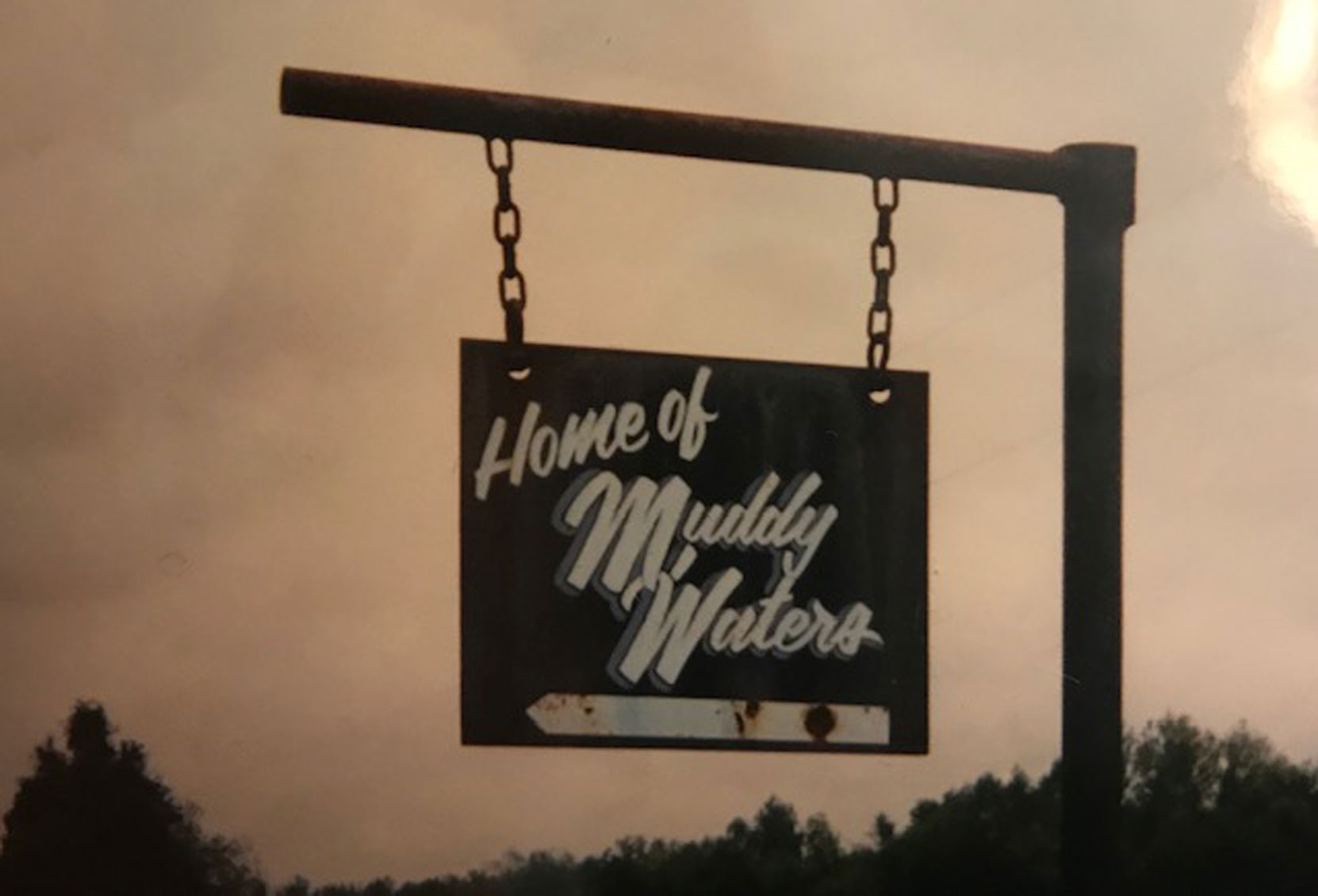
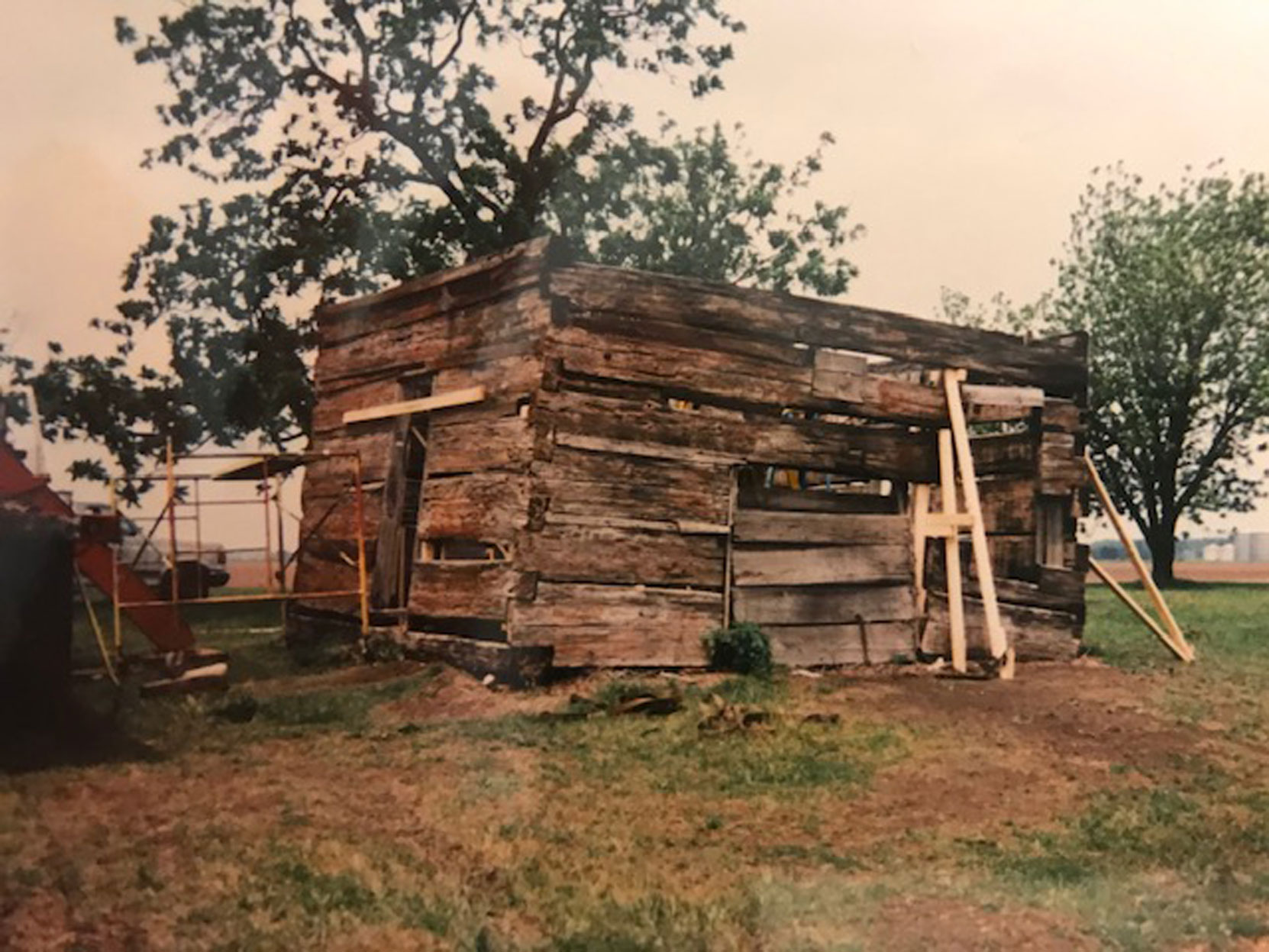
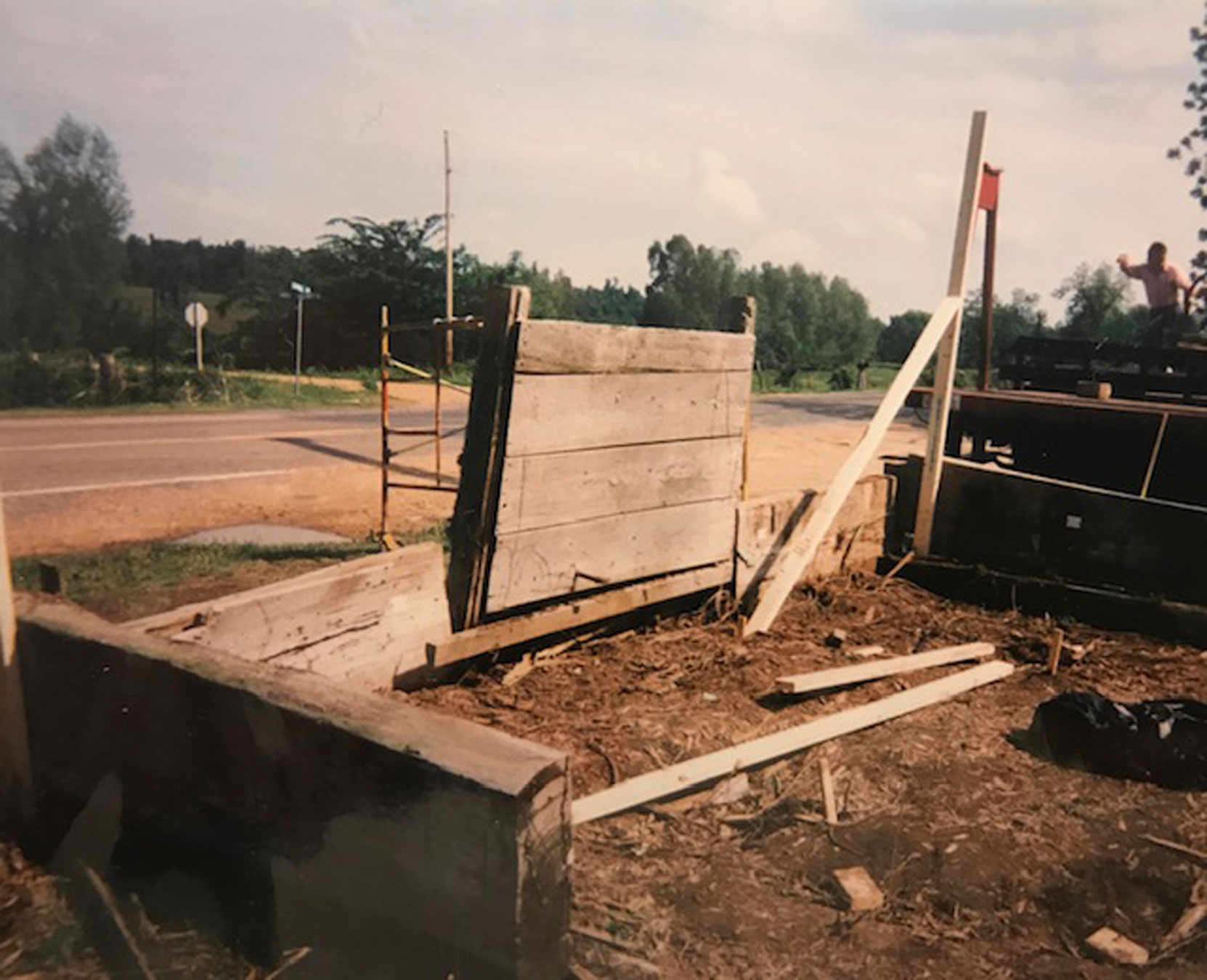
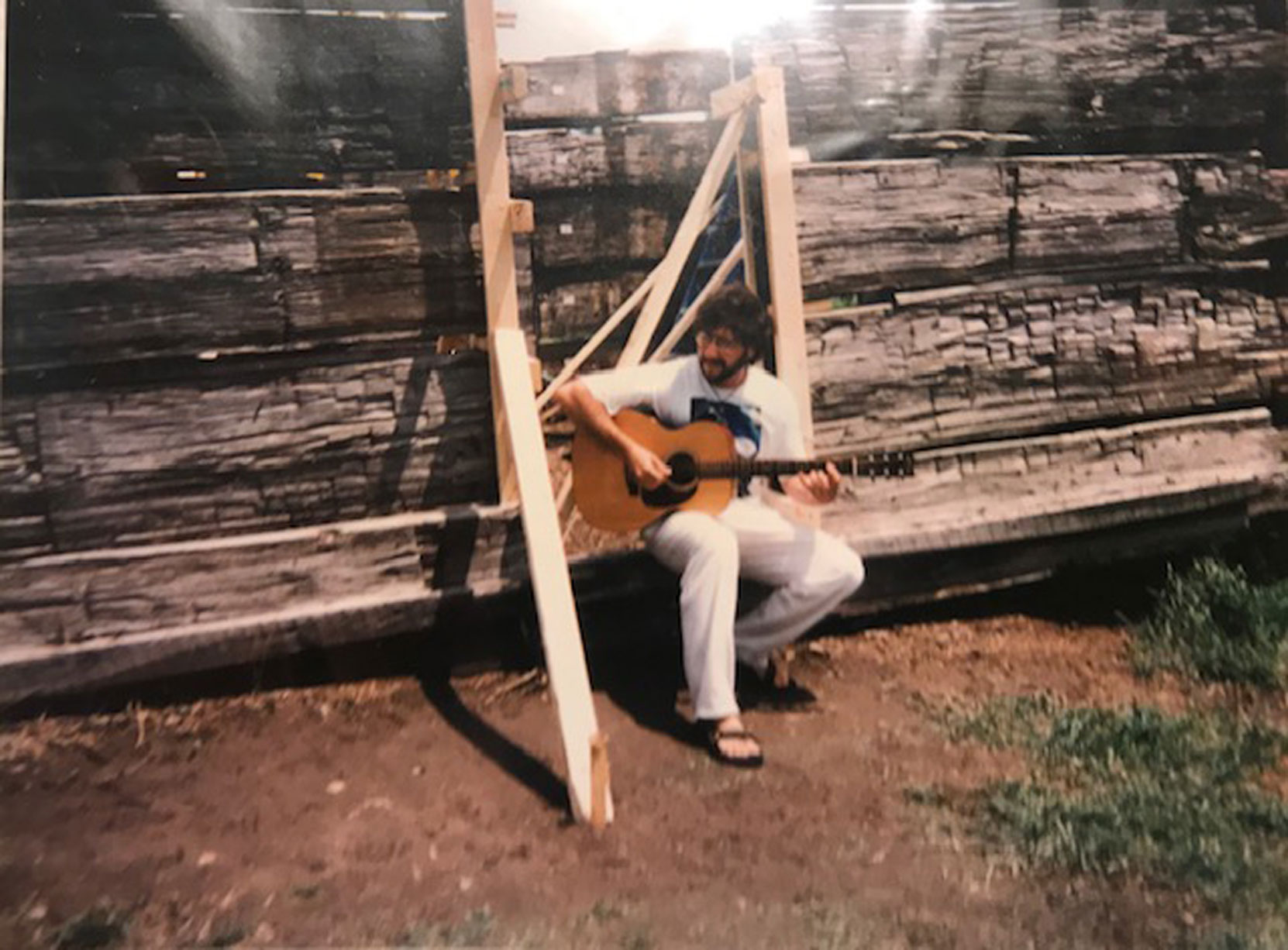
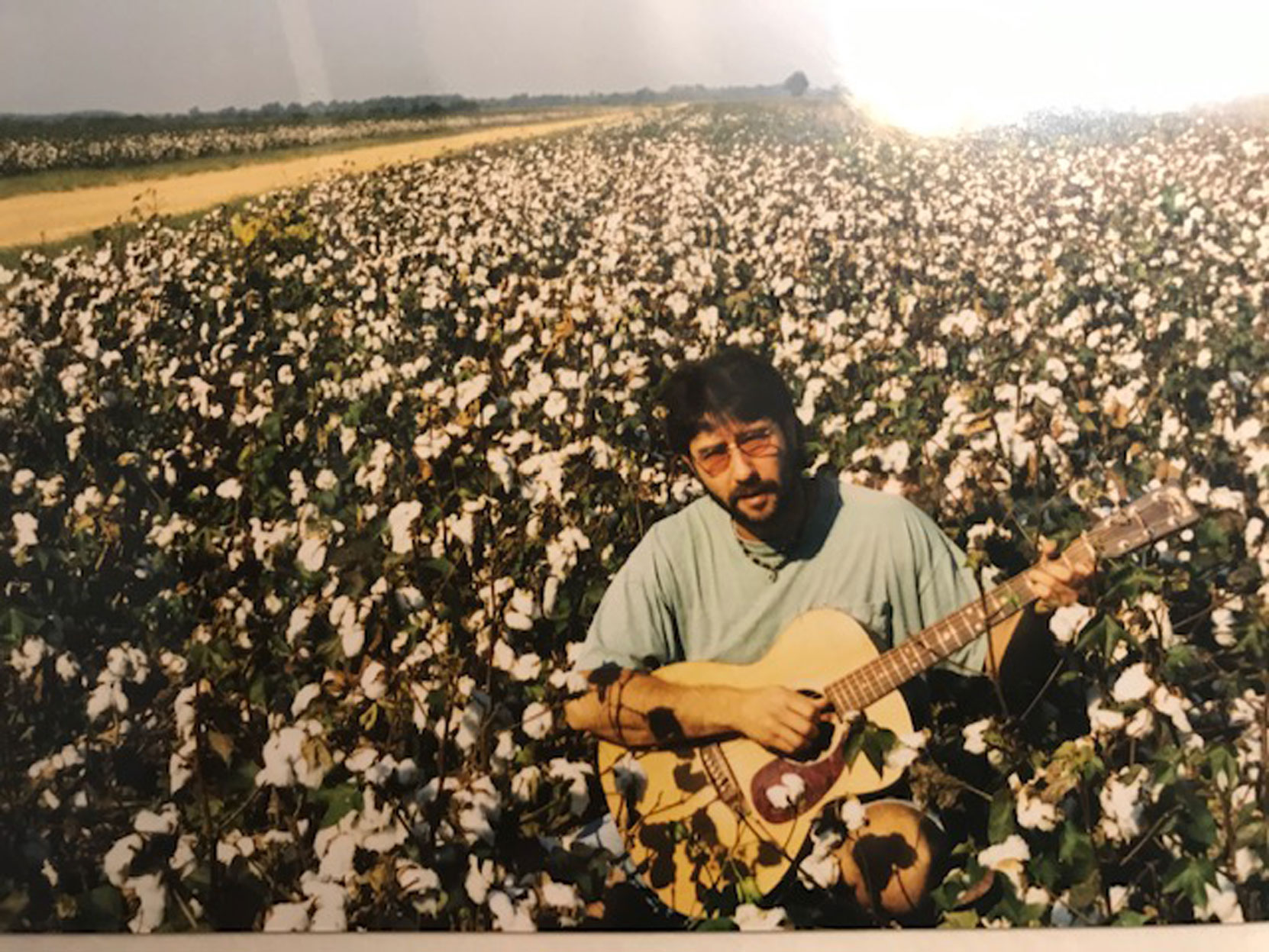
Here is the Mississippi Blues Trail marker which now stands at the site of the Muddy Waters House, Stovall Farms, outside Clarksdale, Mississippi.
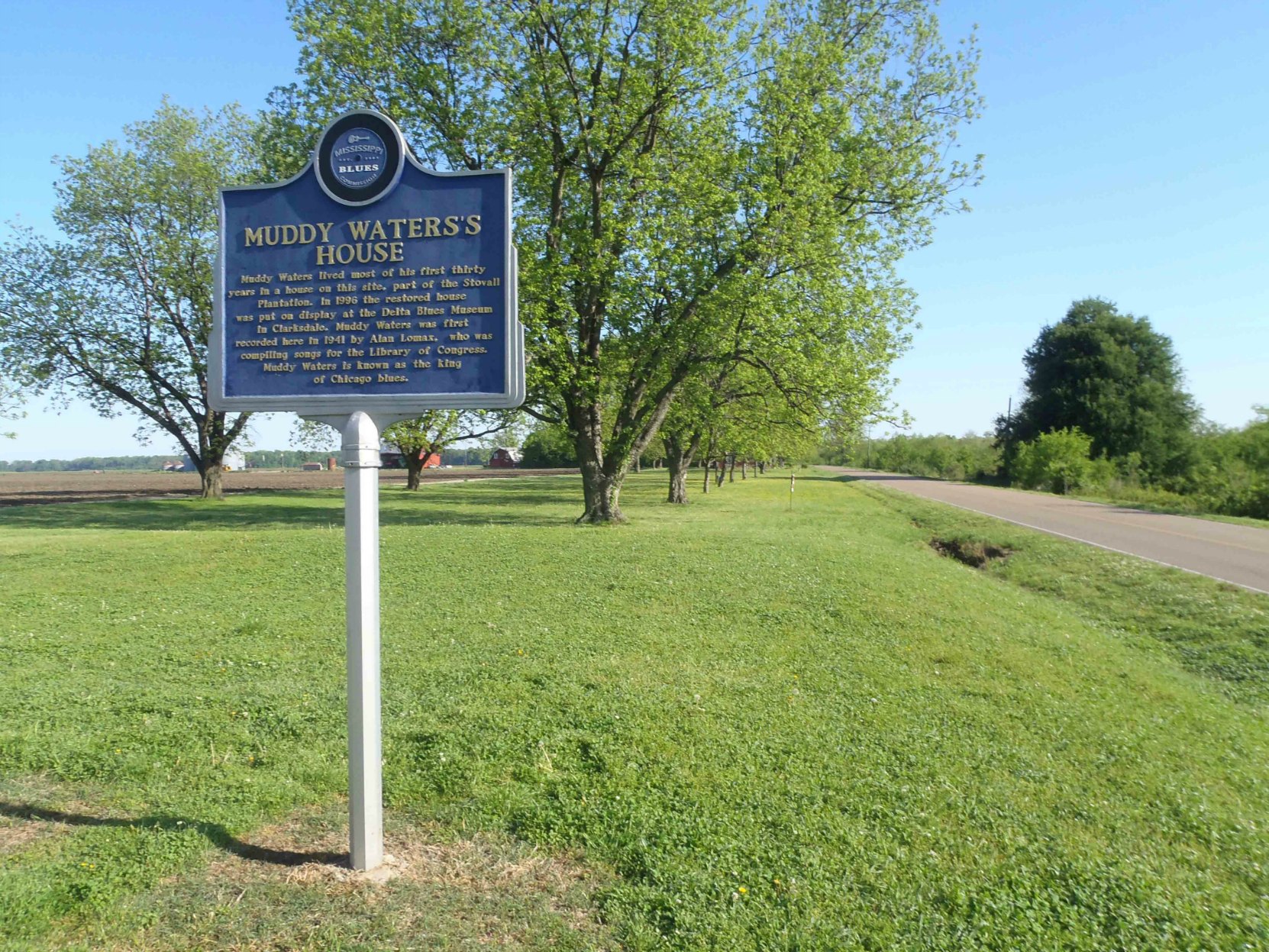
Another reader, Rick Hagedorn, wrote the following comment in the Dialog Box on our Muddy Waters’ House web page:
“When Muddy Waters cabin was moved from the Stovall Farms to the Blues museum, there was a crew from New Orleans that filmed the taking down of the cabin. Was this film ever released anywhere? Do you know the name of the film or the film crew? Thanks in advance.”
Both Larry Amato and Rick Hagedorn wrote about a film crew, possibly based in New Orleans, having filmed the dismantling of Muddy Waters’ house at Stovall Farms on May 6 1996.
Does anyone anything about this film and/or the film crew? We haven’t seen this film and we weren’t aware of it until Larry Amato and Rick Hagedorn mentioned it in comments on the website.
If you know anything about it please let us know by leaving a comment in the Dialog Box below.
Would you like to leave a comment or question about anything on this post?
As one of our Recommended Books, we recommend Brother Robert: Growing Up With Robert Johnson by Annye E. Anderson with Preston Lauterbach.
Annye E. Anderson was a relative of Robert Johnson, who knew Robert Johnson in her childhood. Her recollections add many important details to the history of Robert Johnson. Continue reading Recommended Book – Brother Robert: Growing Up With Robert Johnson by Annye E. Anderson with Preston Lauterbach
One of our readers, Terry Baker, has provided this photo of the Three Forks store at Highway 7 and County Road 512 in Quito, Leflore County, Mississippi.
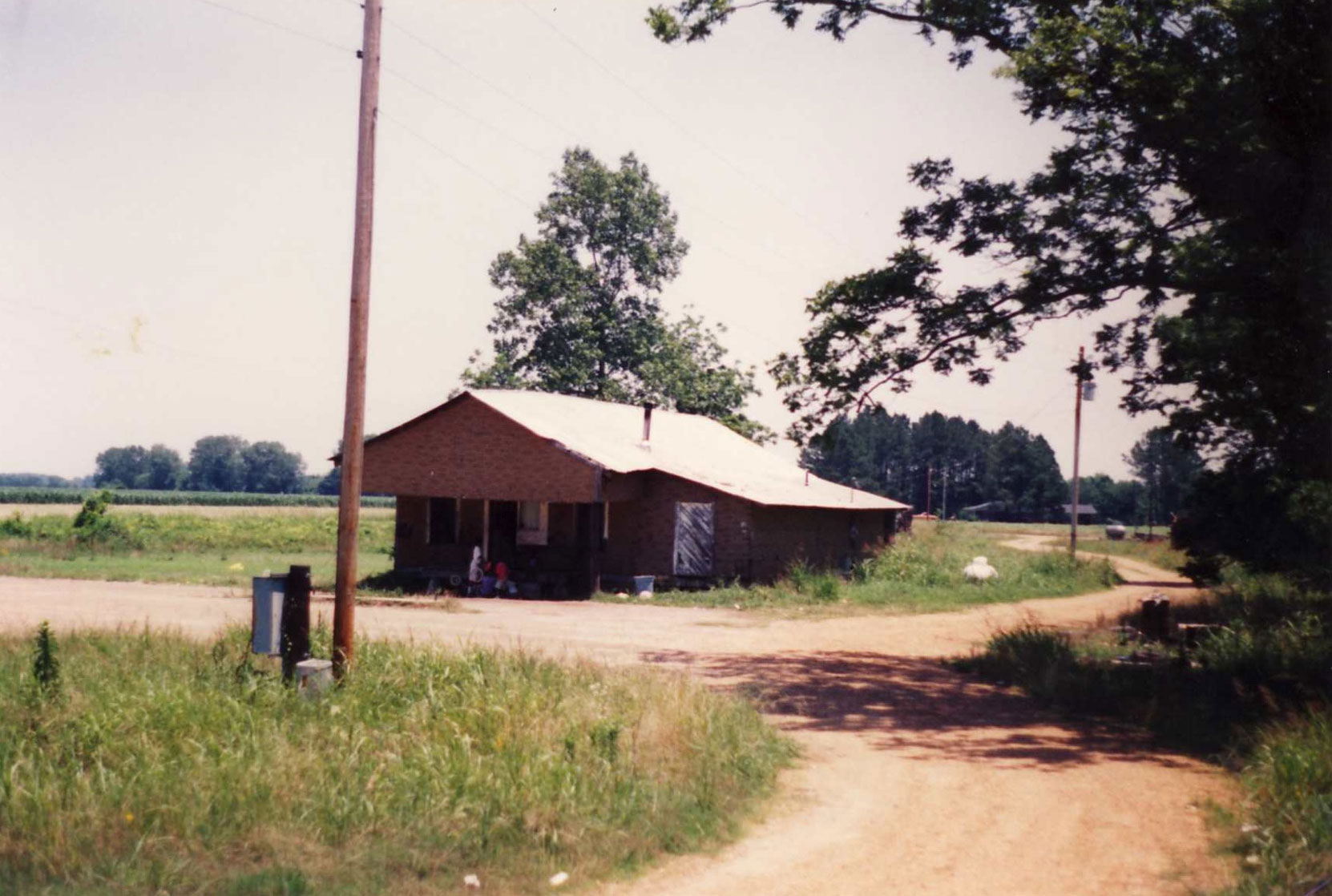
The photos dates from 1995 and the building has since been demolished. This building at the intersection of Highway 7 and County Road 512 in Quito, Leflore County, Mississippi has been suggested as the site where Robert Johnson was poisoned.
Here is what Terry Baker told us in his email:
“I am doing some writing for my own enjoyment, and I am going over my 1995 trip to Mississippi (I moved to New York City in 1993, and lived there until I returned to my native England in 2012).
Anyway, to start that Delta peregrination, I bought a poster at the Delta Blues Museum in Clarksdale, the original site above the city library, which showed the places in the state of importance to its Blues history.
Now, this is a quarter of a century ago, but the person selling me the poster in what was a small museum then told me to visit Quito and Morgan City on the trail, of course, of Robert Johnson. In my notes at the time I have written from what I am sure must have been from that person: “First house in Quito on left beyond junction with County Road 512, former Three Forks store, dragged there from two or three miles farther in on 512.”
I read your notes on your excellent website, and the comments from Honeyboy Edwards, plus one reader’s comments of the tornadoes that ripped through the Greenwood area, supposedly destroying the store, but all I can report is what I was explained to me. I attach a photo of the “store” I was told about, the explanation being that the Itta Bena-Quito road, although very basic, was still the busiest road in the area, and the store was brought here on a flatbed from two to three miles inward on 512.
Either a long tale I believed, or something with substance?
Many regards,
Terry

For decades there have been only two known photos of Robert Johnson. Now a third photo of Robert Johnson has been discovered.
Here are links to articles about this recently discovered photograph of Robert Johnson:
The previous two known photographs of Robert Johnson have been used to illustrate album covers and book covers.
Here are two examples of book covers using one of the first two known photographs of Robert Johnson:
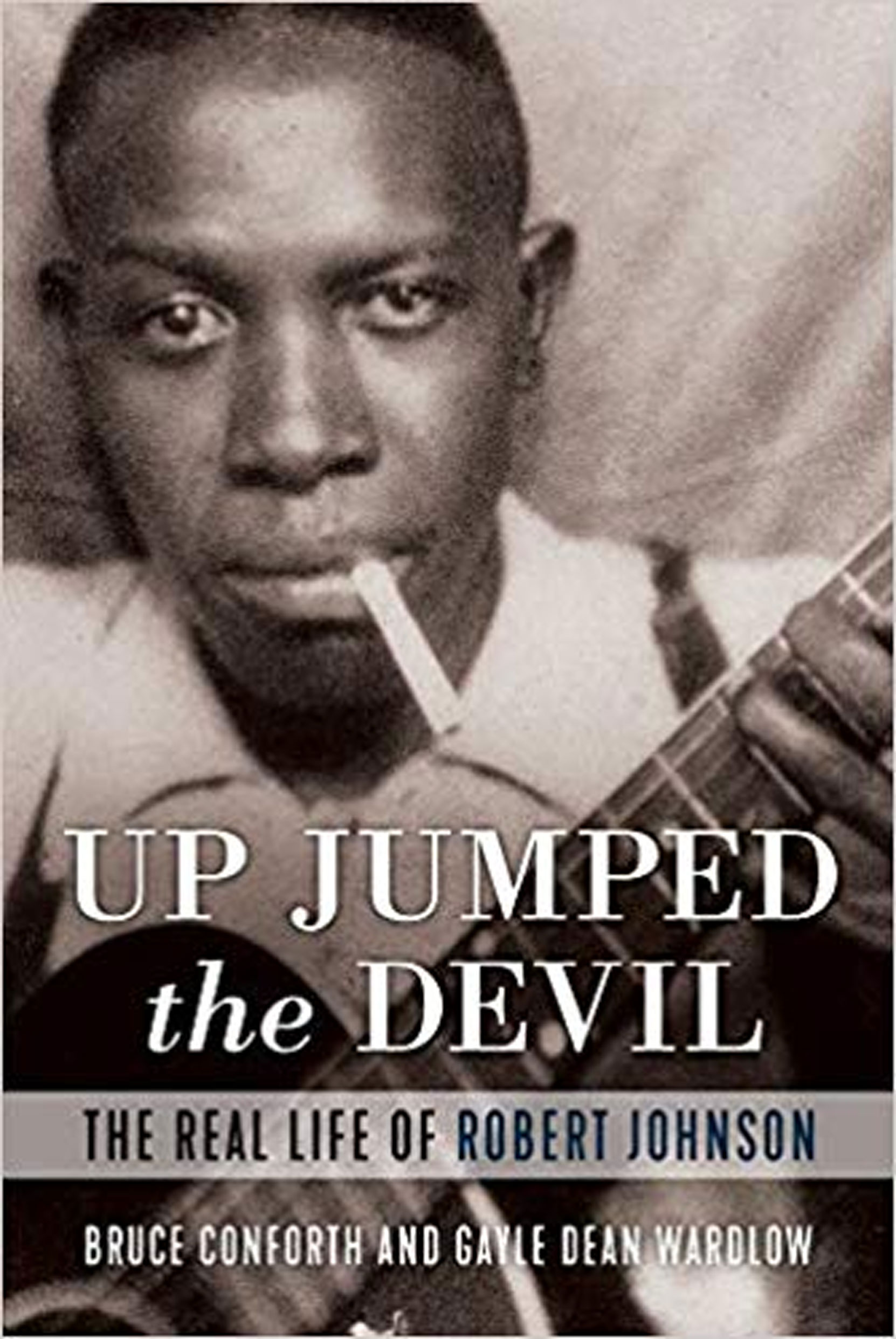

Here is a book cover using the newly discovered photograph of Robert Johnson.
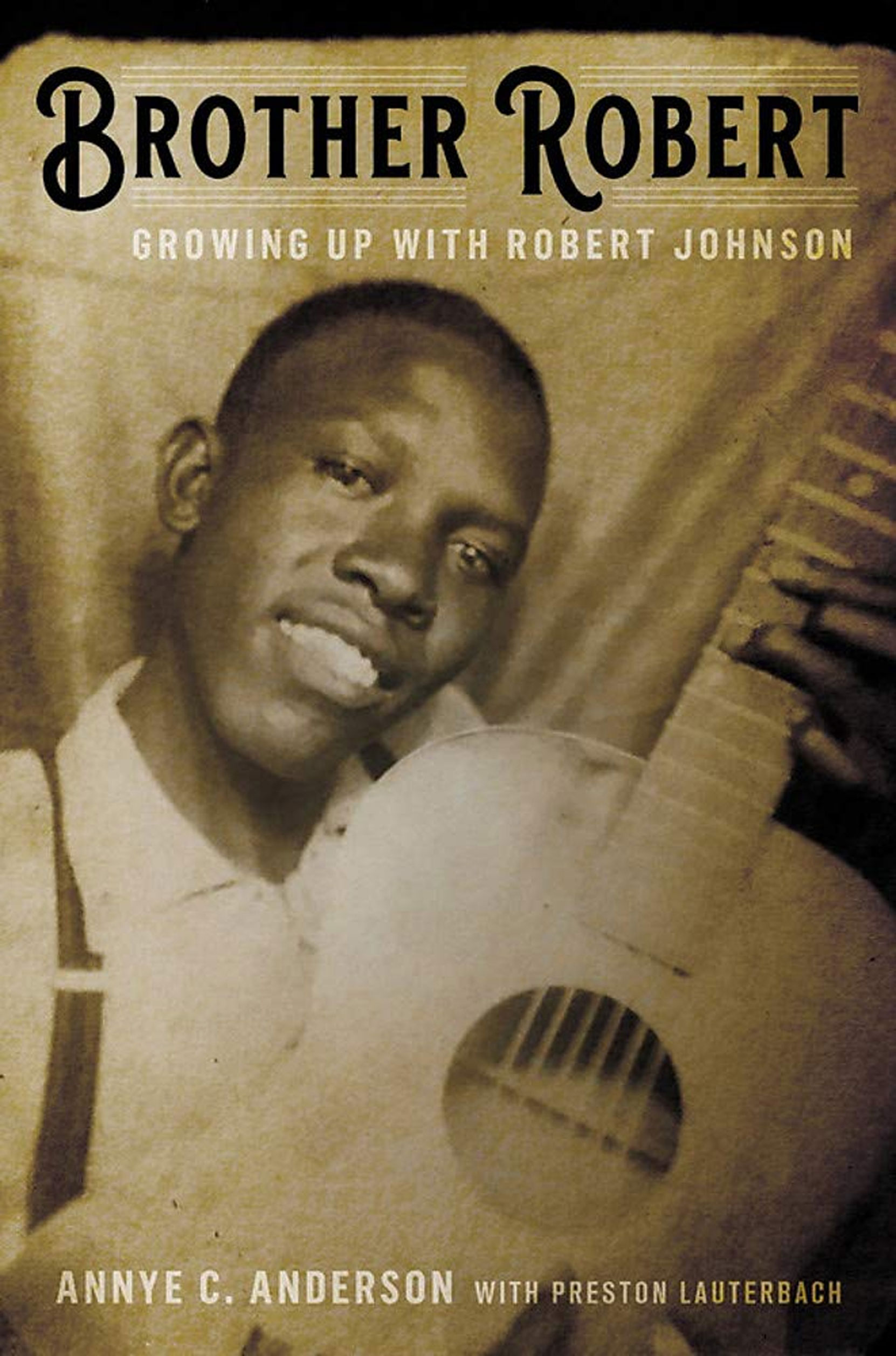
Here is an example of a CD cover using the second of the first two known photographs of Robert Johnson:
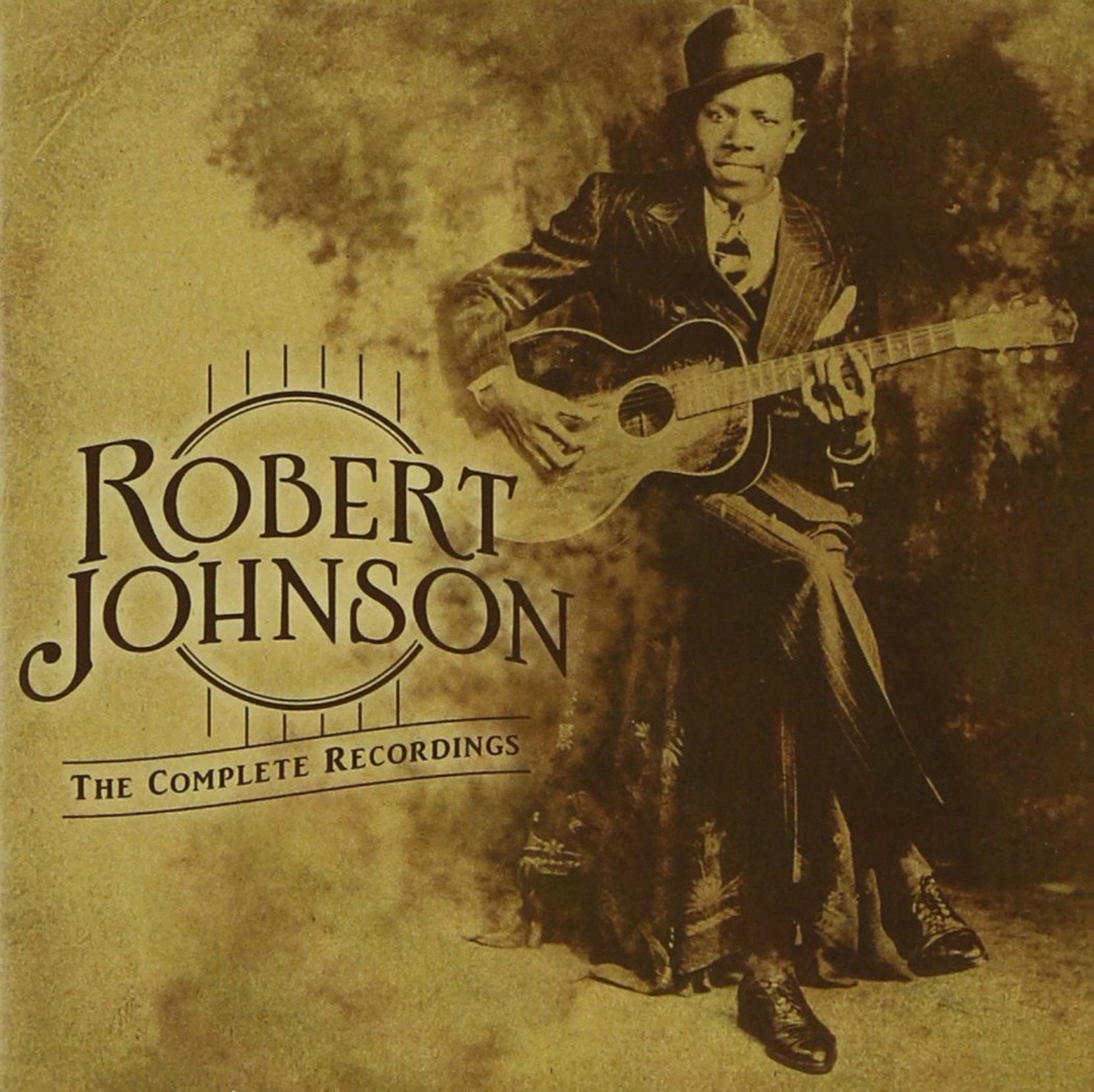
The photo used on the CD cover above was taken at Hooks Brothers Photography at 164 Beale Street in Memphis, Tennessee.
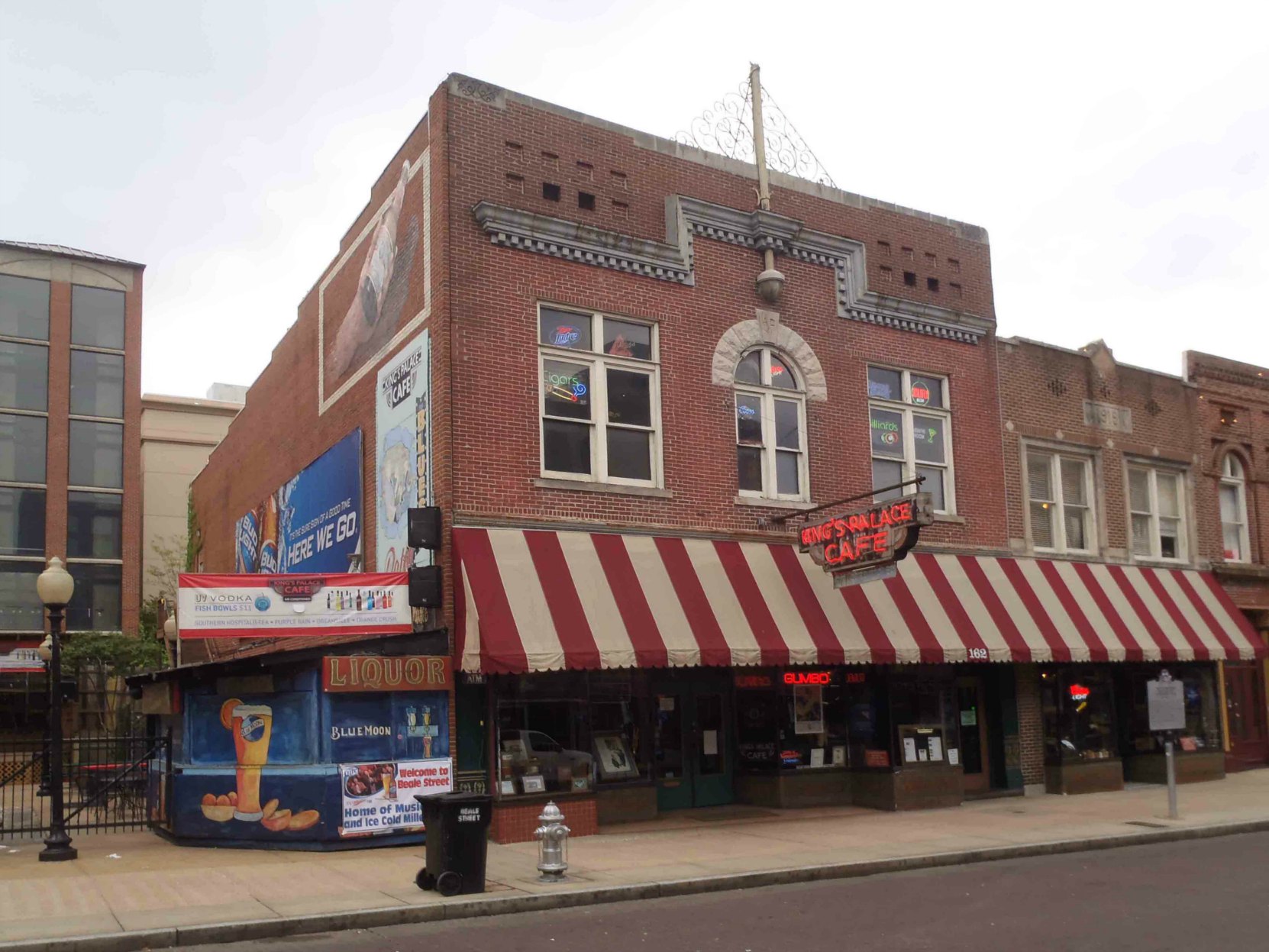
We have written a post about the former Hooks Brothers Photography Studio.
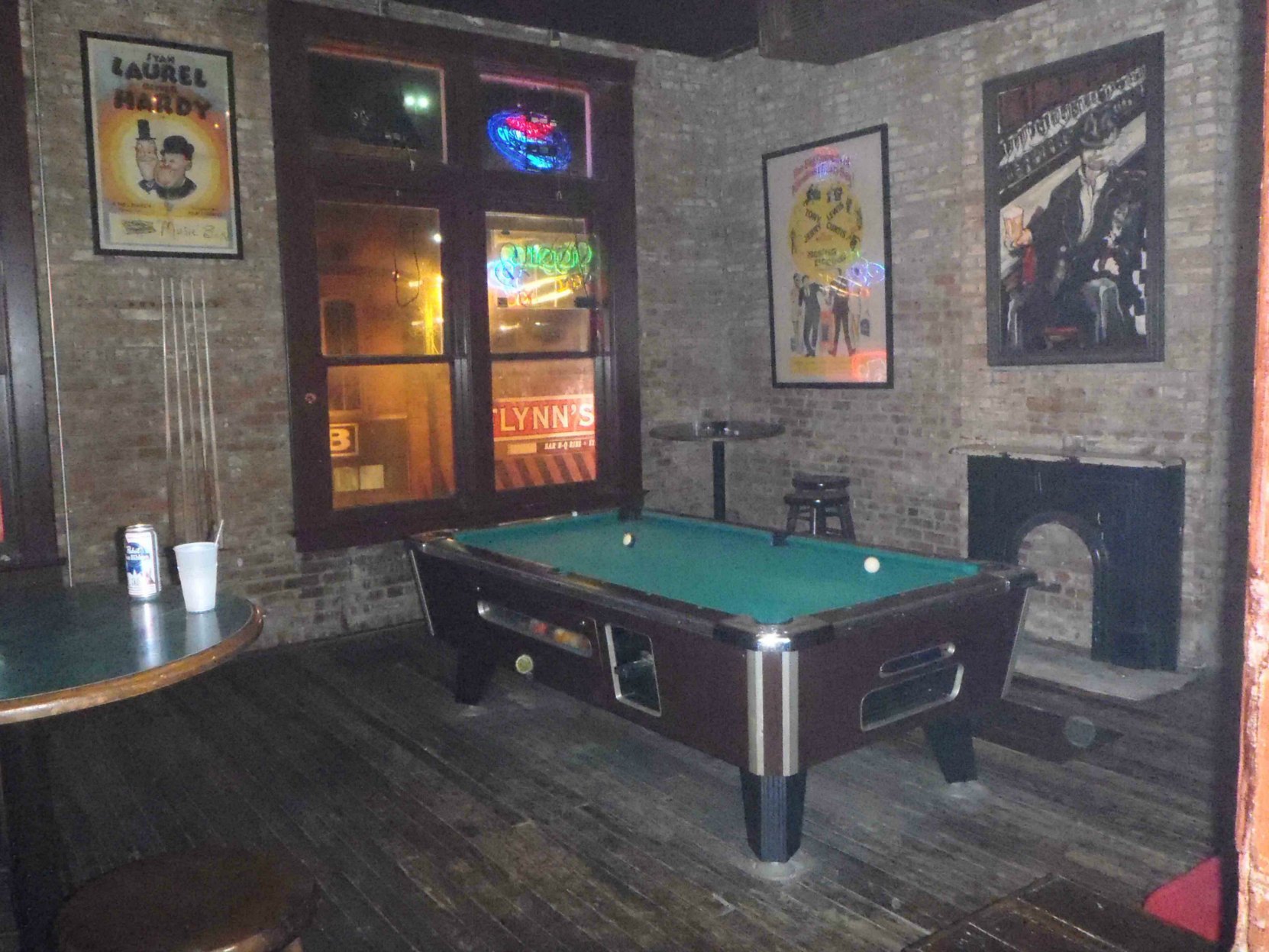
The Mississippi Blues Trail marker commemorating Robert Johnson is outside the Little Zion Missionary Baptist Church south of Money, Mississippi.
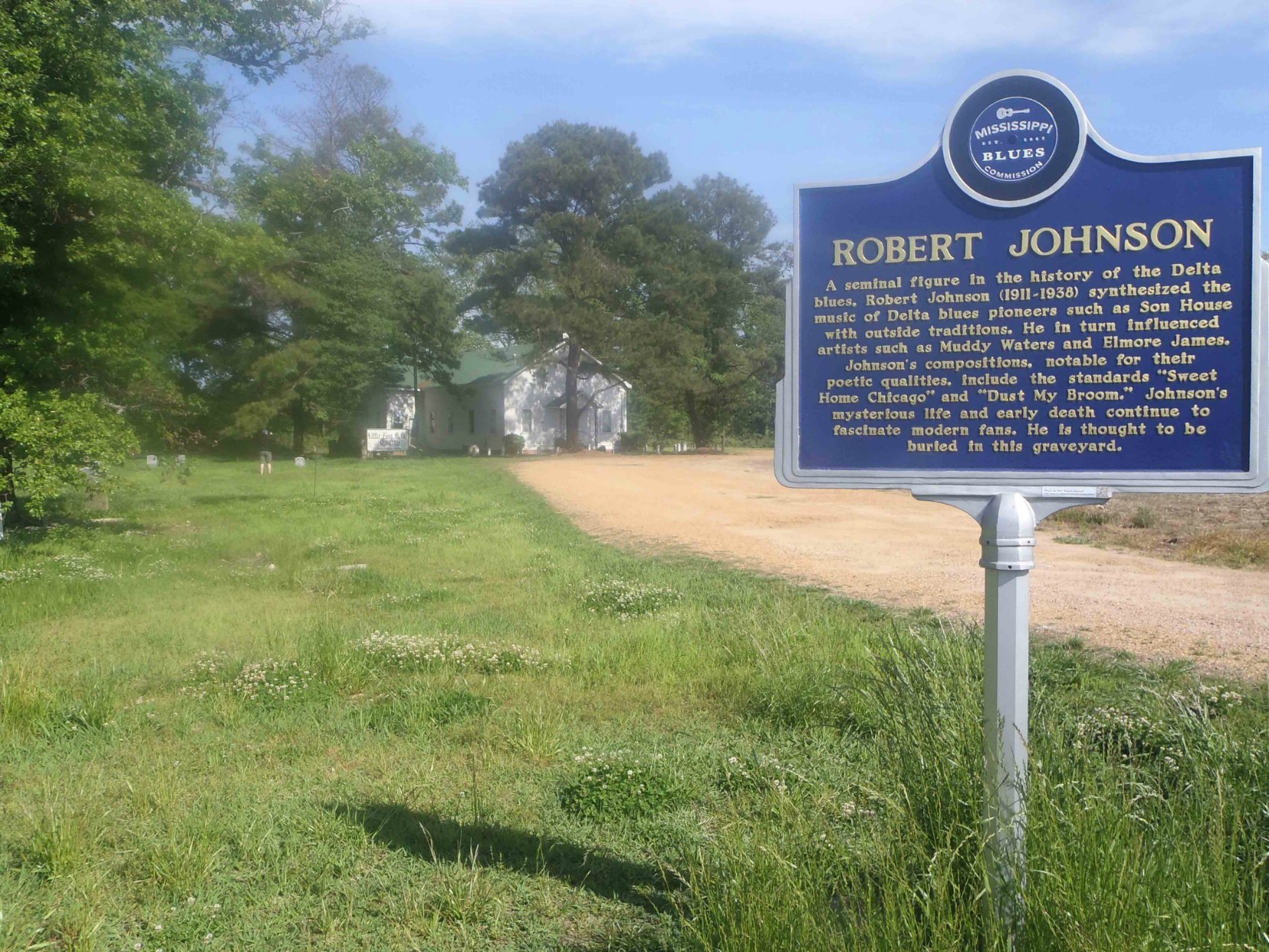
Would you like to leave a comment or question about anything on this post?
One of our readers from Greece, Panagiotis Charalampidis, left a comment on the site saying:
“Hello from Greece! I love your site! It has been a valuable source of information about the Blues. I just finished a series of videos about the History and Evolution of the Blues (10 episodes), something like a documentary or a series of history lessons for music lovers….”
Thanks Panagiotis. Glad you liked our website and found it useful.
Here are the 10 episodes of The History and Evolution of the Blues on Panagiotis Charalampidis’ YouTube channel, funkpunk.
Part 1, 16th-17th Century
Part 2, 18th-19th Century
Part 3, Gospel, Minstrelsy & Vaudeville
Part 4, Pop, Ragtime & Jazz
Part 5, Proto-Blues
Part 6, 1900-1920
Part 7, 1920’s
Part 9, 1930’s
Part 9, 1940’s
Part 10, 1950’s
We came across this interesting documentary on British Blues and we thought our readers would find it interesting too:
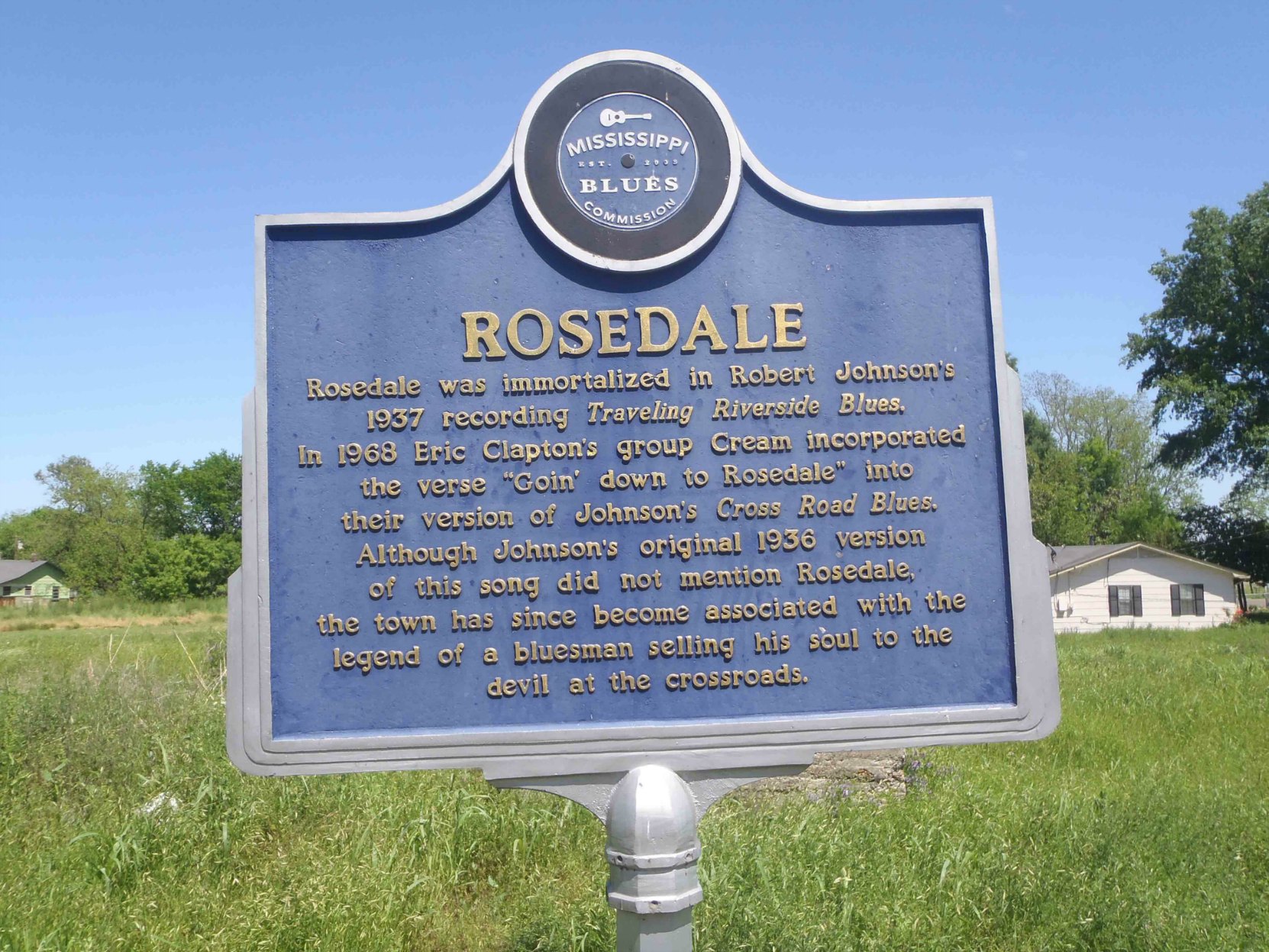
We came across this article on the renovation of the Hotel Chisca in downtown Memphis.
The Hotel Chisca has a solid place in blues history as the home of radio station WHBQ, whose DJ Dewey Phillips was the first DJ to play an Elvis Presley record on air when he played Elvis Presley’s That’s All Right (Mama) on 6 July 1954.
Elvis Presley had recorded That’s All Right (Mama) at Sam Phillips‘ Sun Records at 706 Union Avenue on 5 July 1954. On 6 July 1954 Sam Phillips delivered a copy of the single to Dewey Phillips (no relation) at the WHBQ studio at the Hotel Chisca. Dewey Phillips played That’s All Right (Mama) on his Red, Hot And Blue radio show the same day and the rest, as they say, is history.
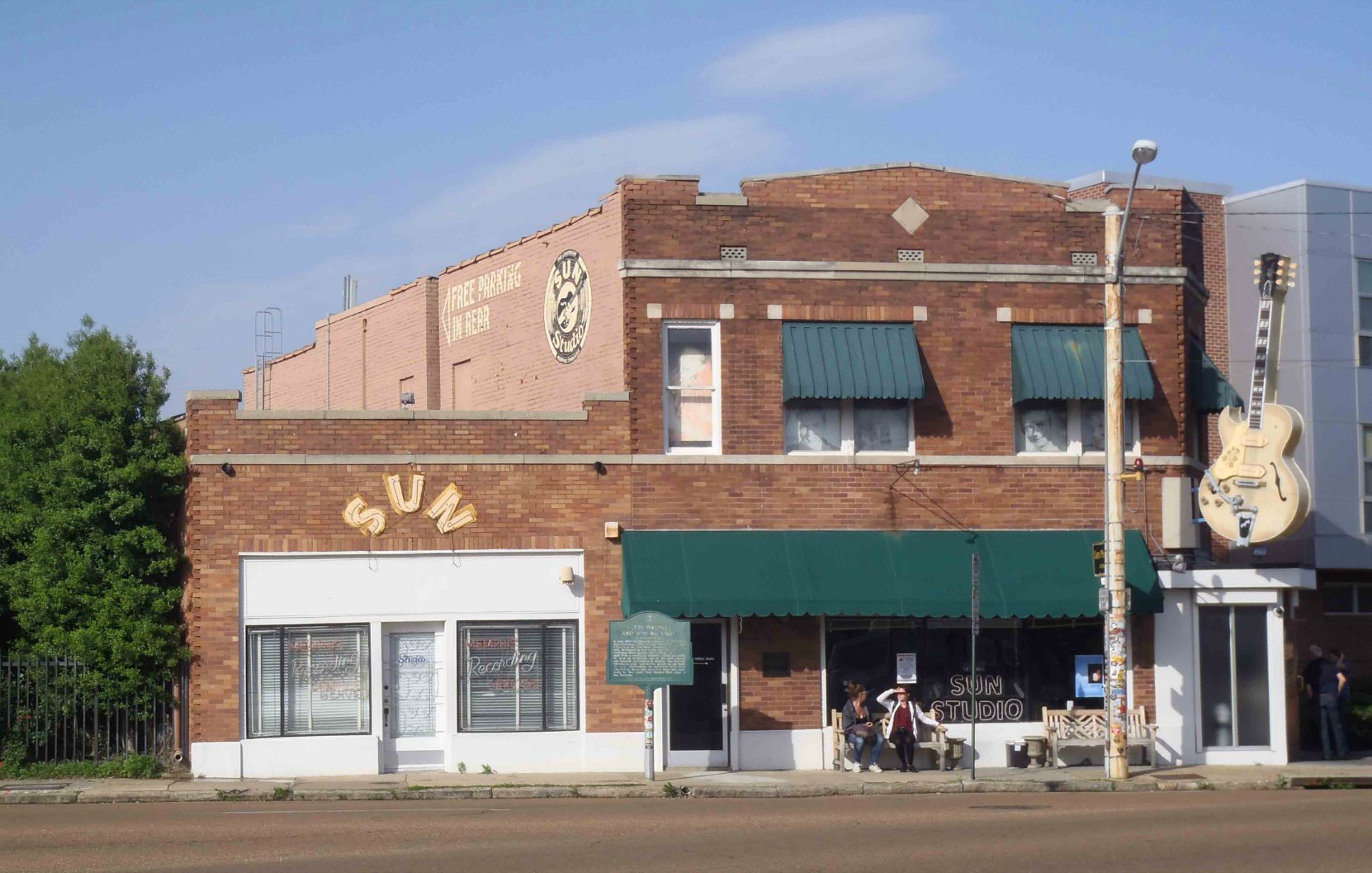
Here is a photo we took of the Hotel Chisca building before the renovations.
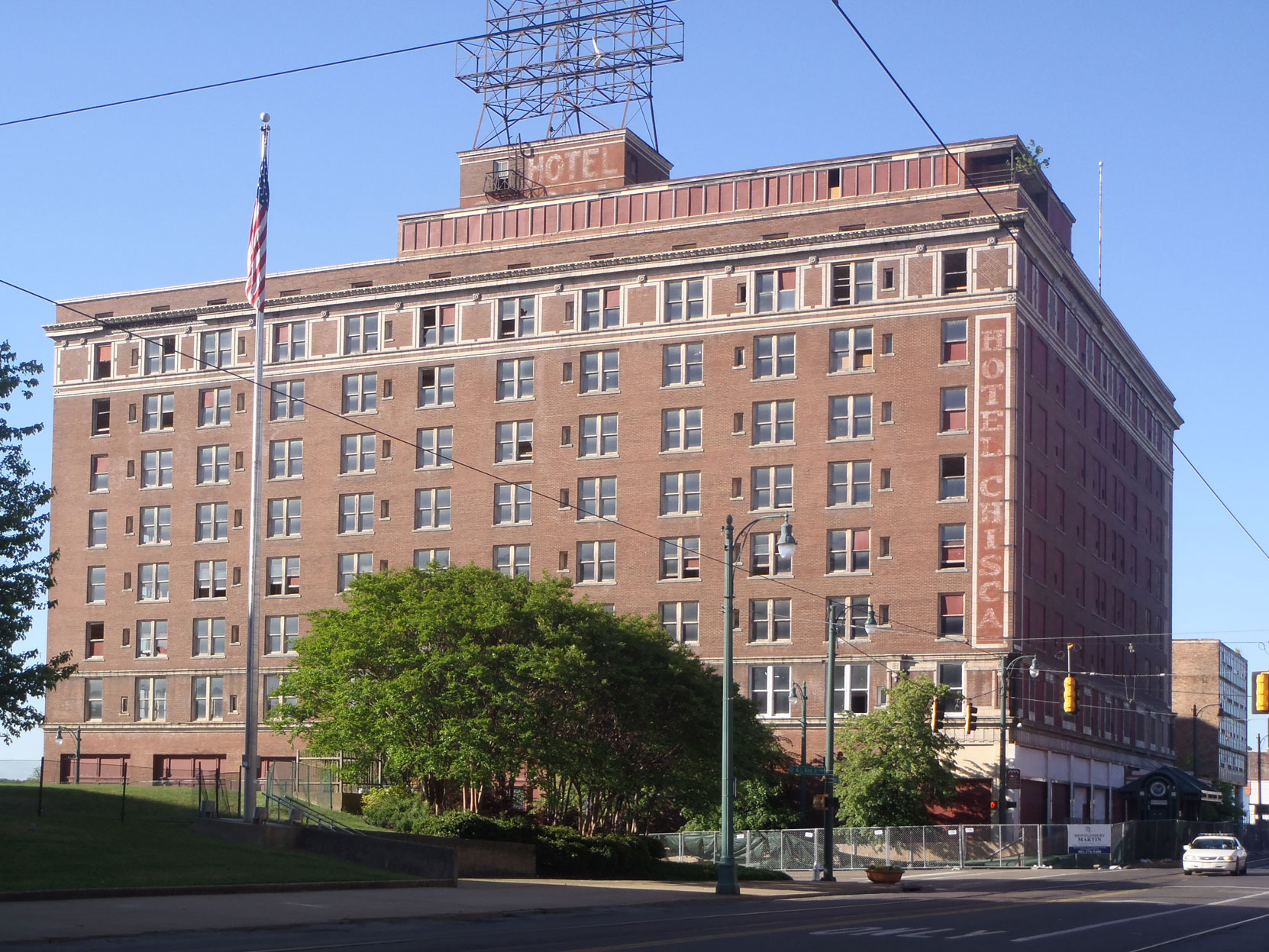
Would you like to leave a comment or question about anything on this post?
On 19 December 2019 the Mississippi Country Music Trail added a new marker commemorating Jerry Lee Lewis.
Here is a video of the unveiling ceremony:
We will visit this marker in the future. But here are the Mississippi Country Music Trail markers we have visited so far:
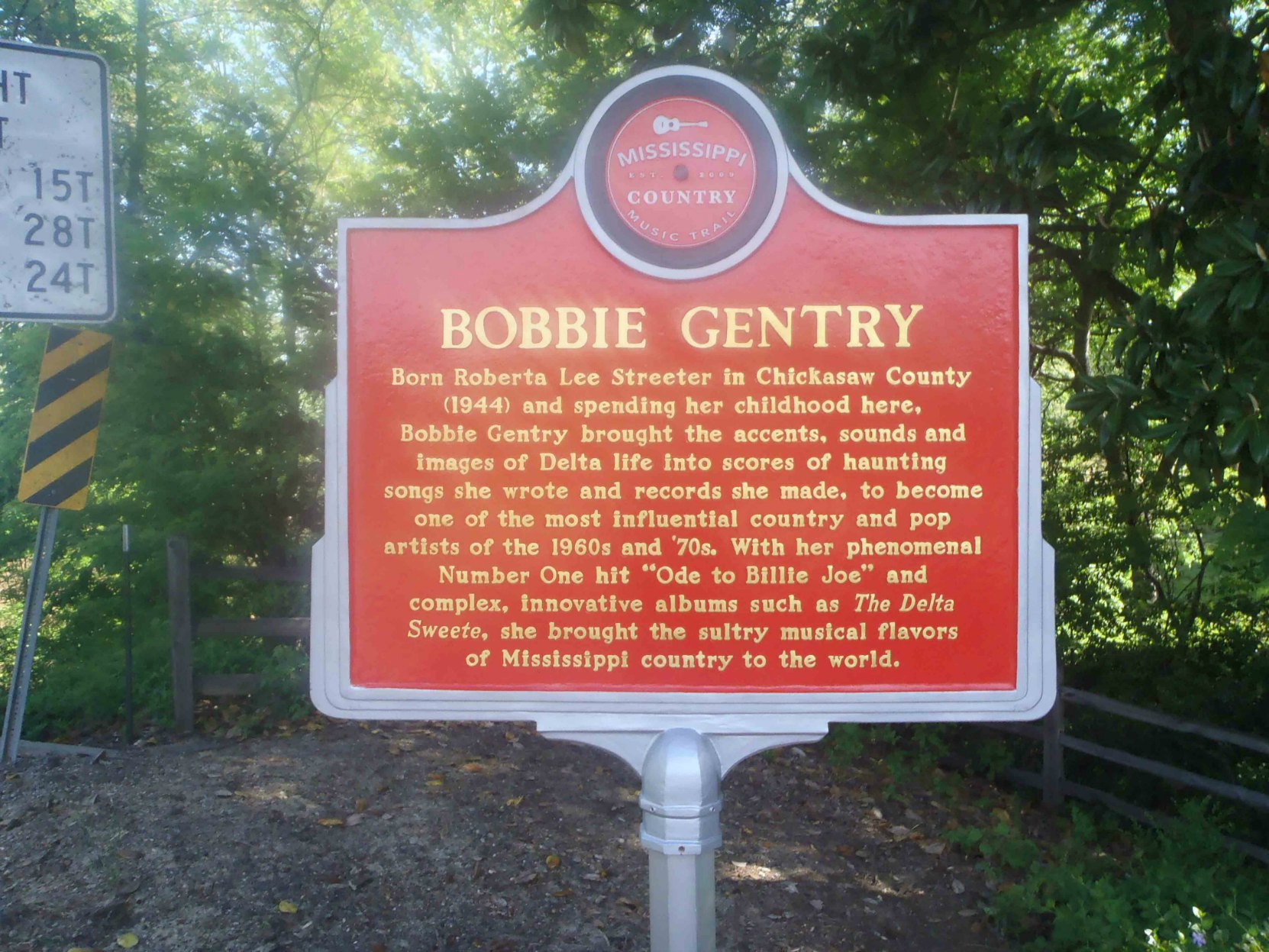
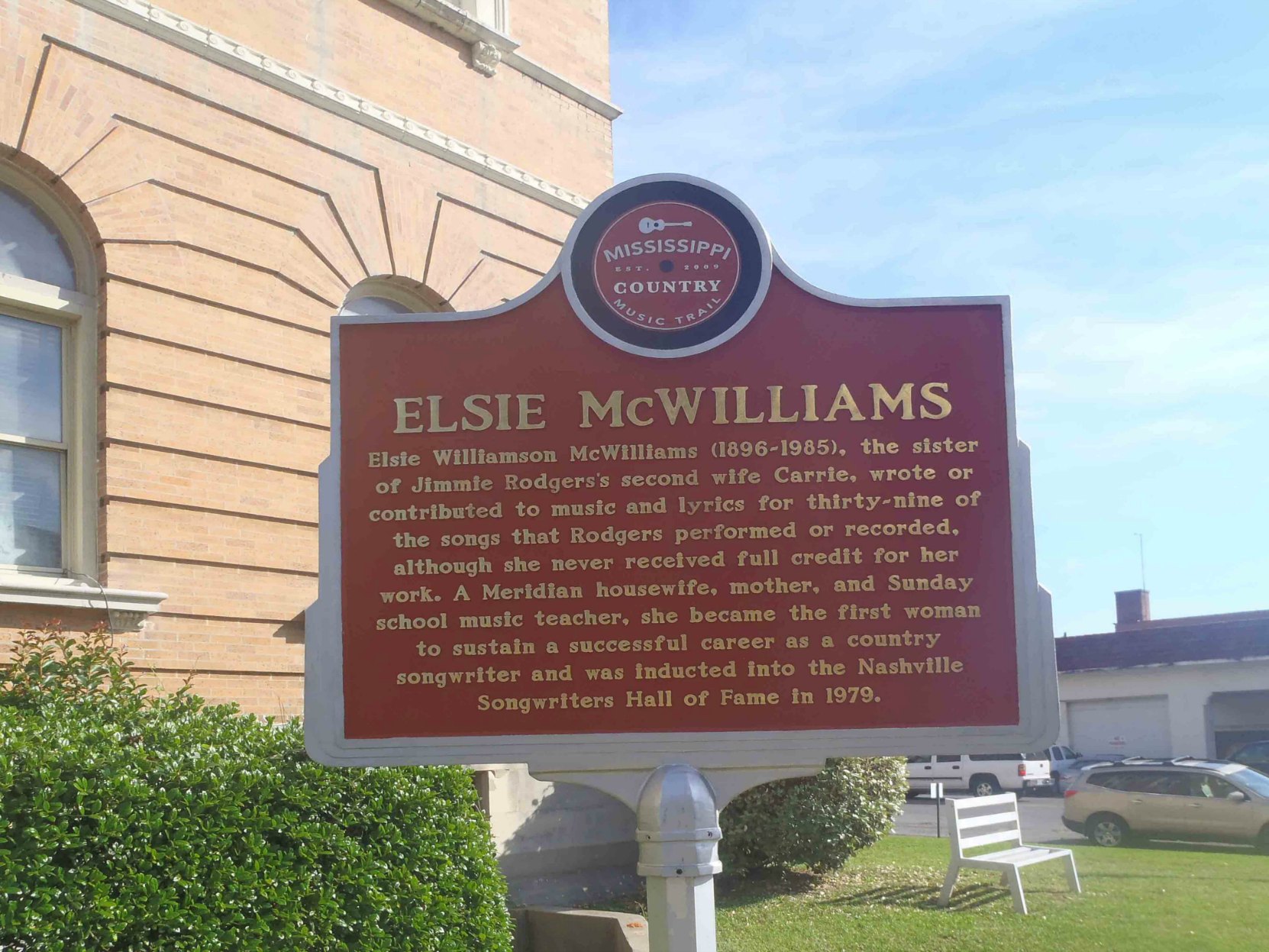
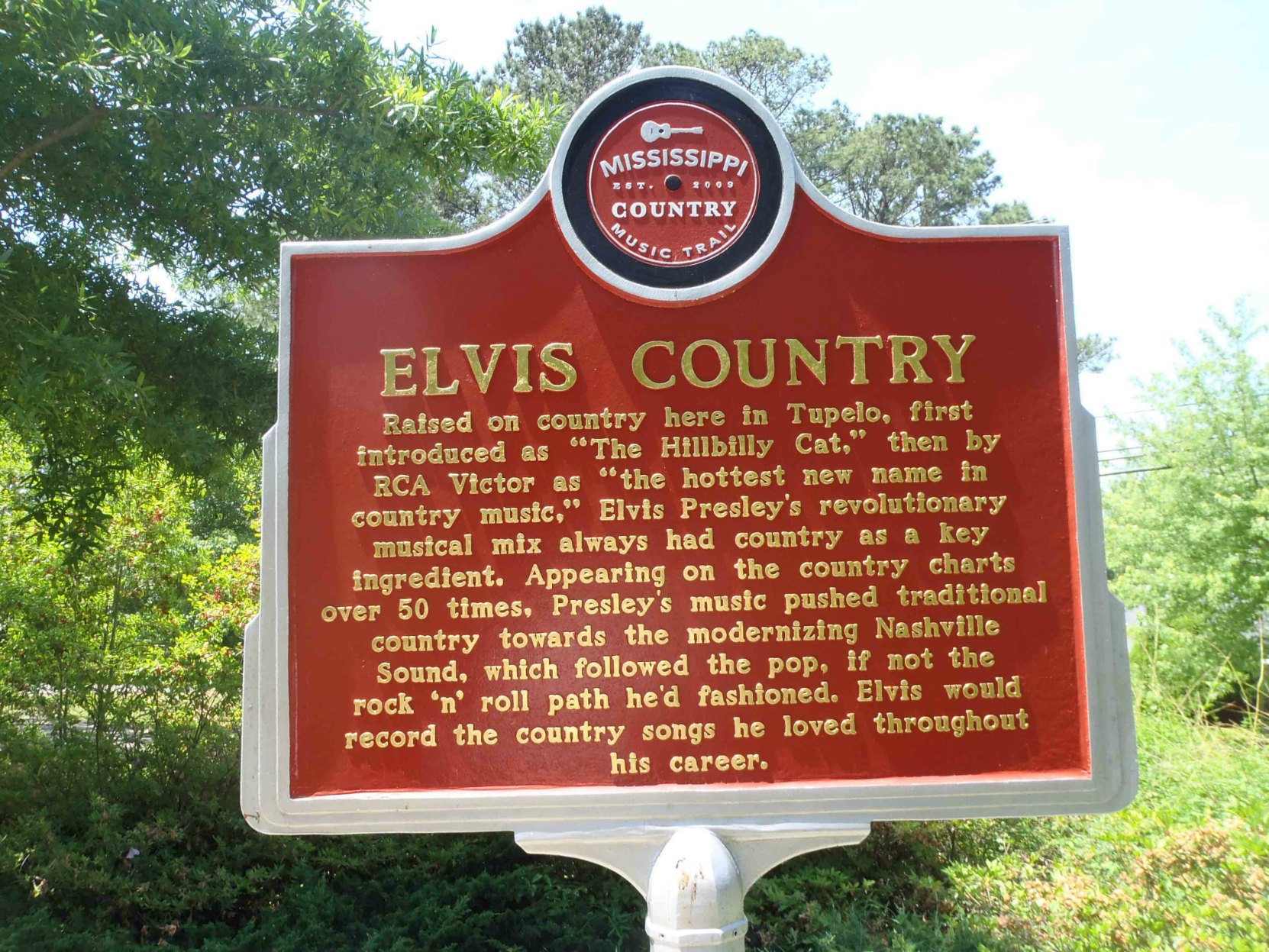
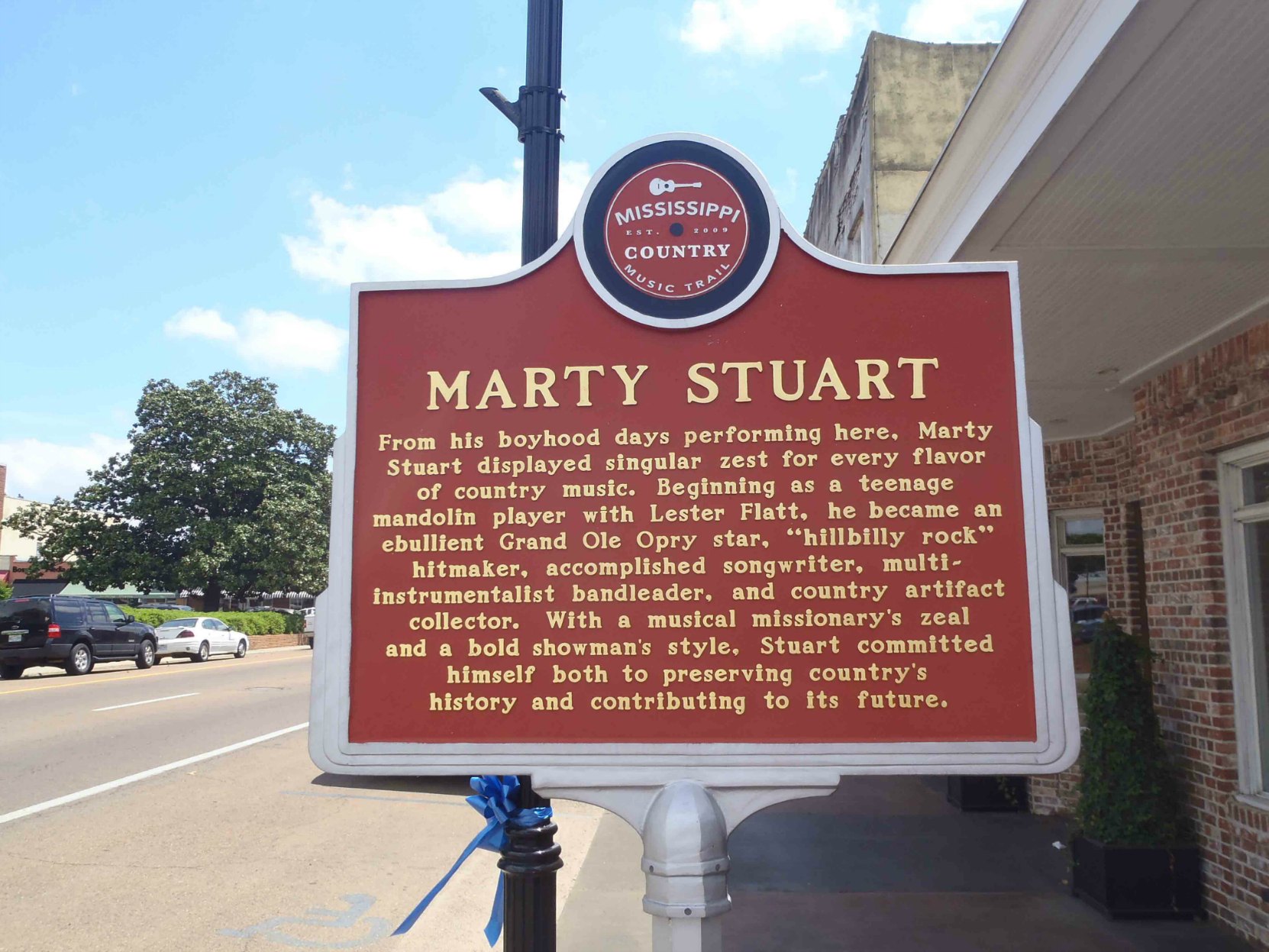
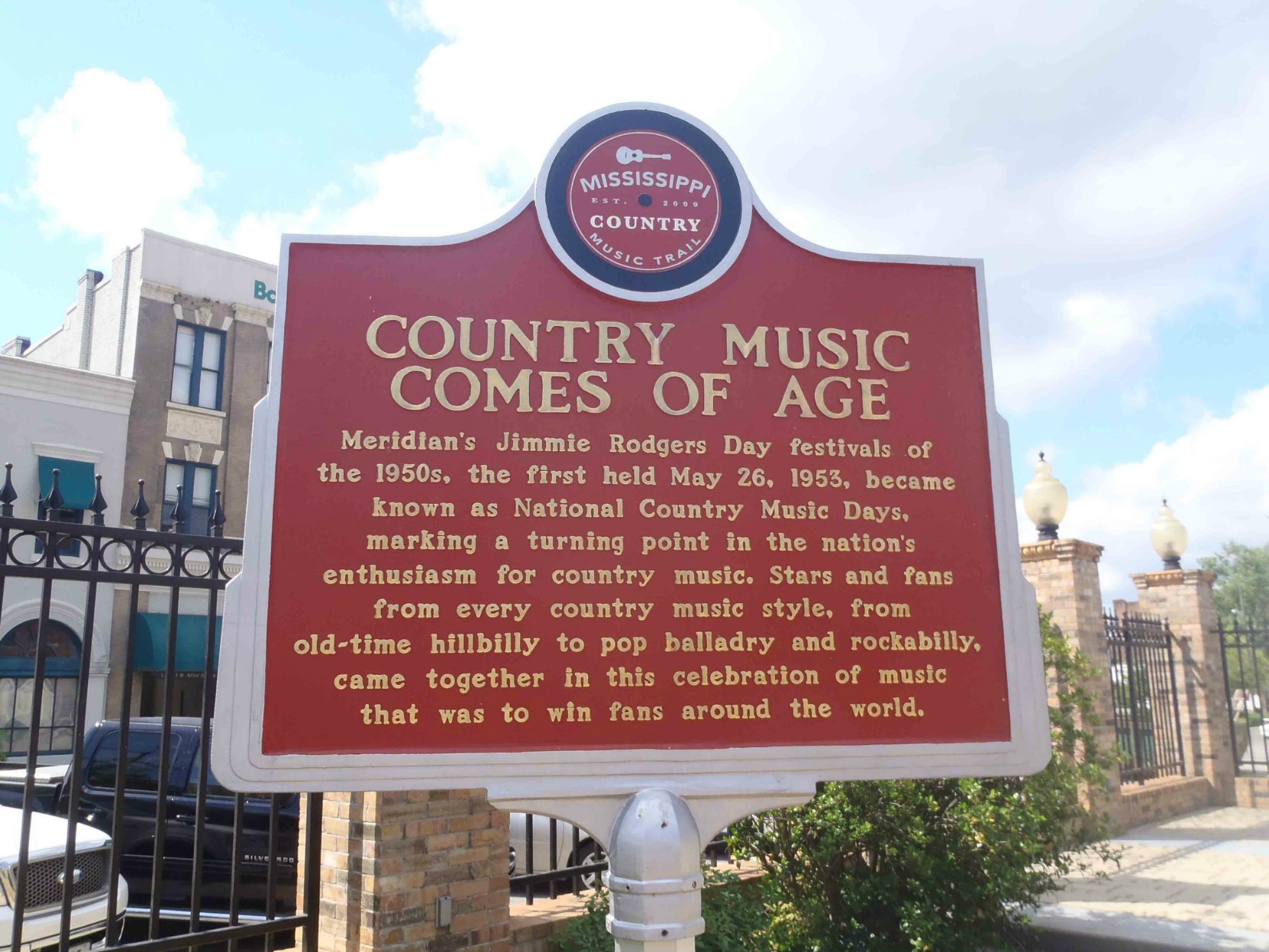
Would you like to leave a comment or question about anything on this post?
As one of Our Recommendations and Recommended Recordings, we recommend It’s The Way That You Swing It – The Hits Of Jimmie Lunceford by Jimmie Lunceford and His Orchestra, a 2 CD set released on Jasmine Records.
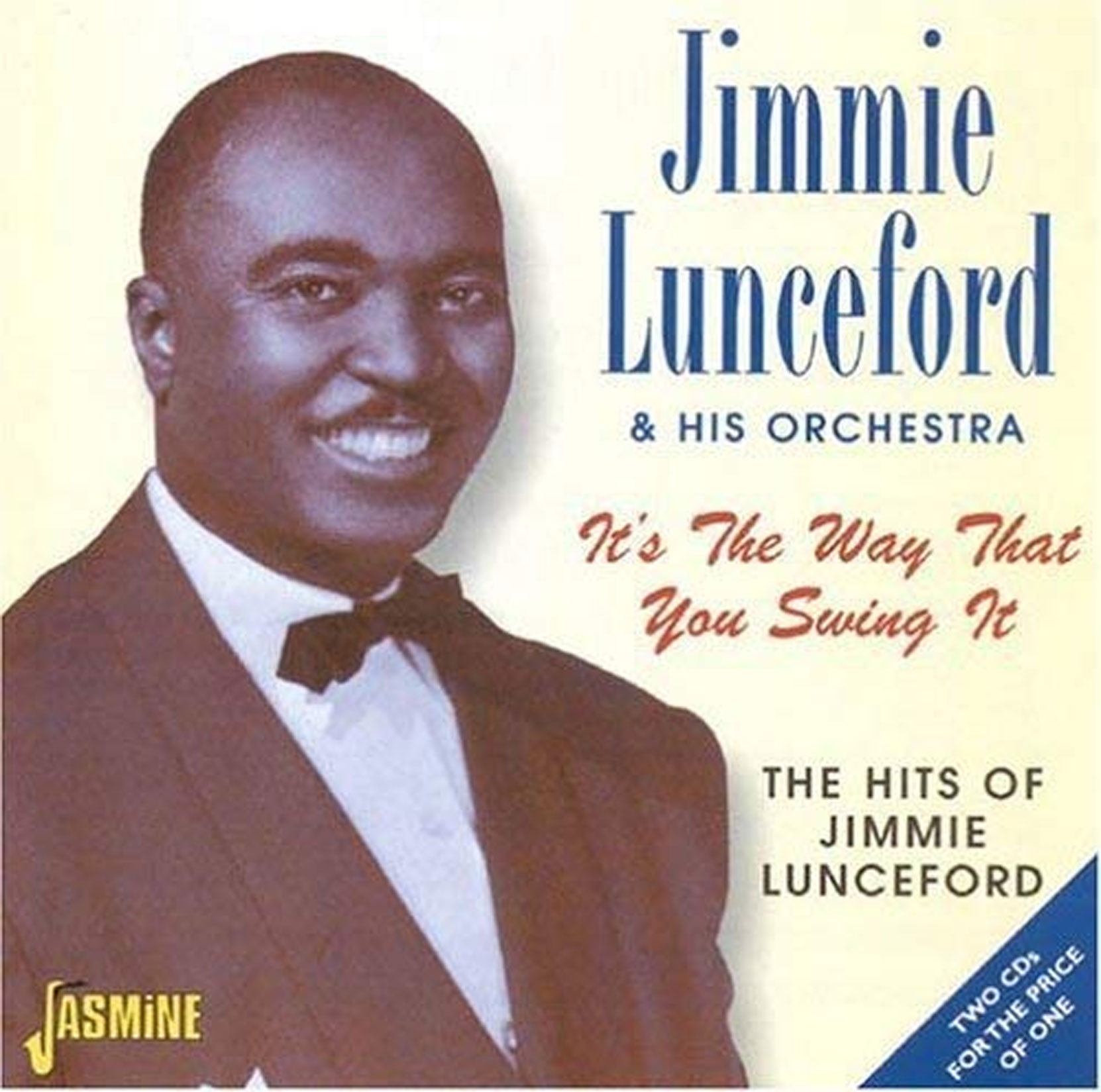
Jimmie Lunceford (1902-1947) was born in Fulton, Mississippi. Although he is not well known today, his band was one of the most popular bands of the 1930’s and 1940’s Big Band and Swing era.
Available through:
Would you like to leave a comment or question about anything on this post?